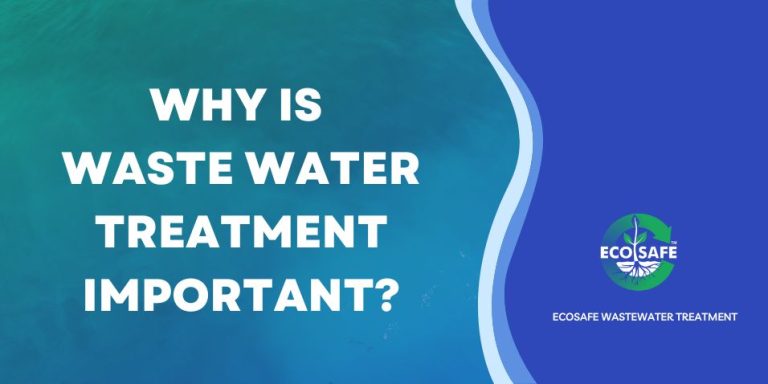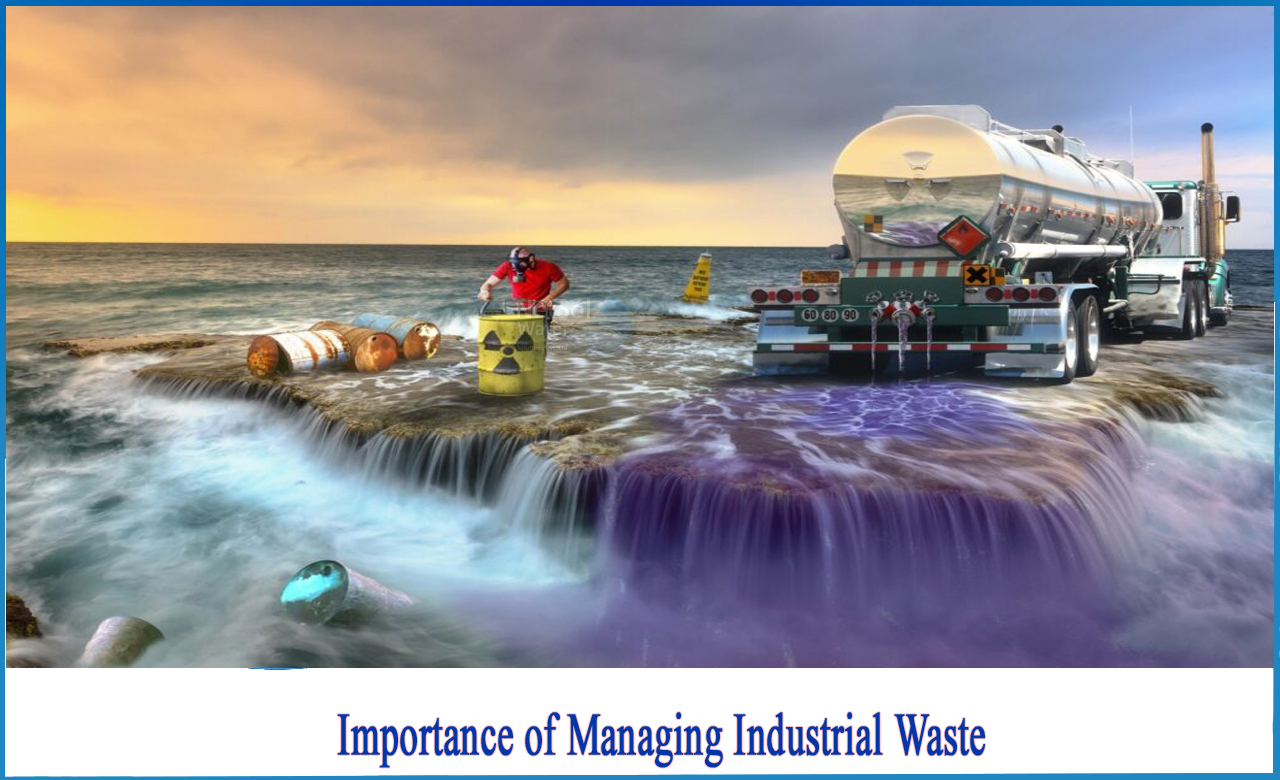Getting The Reclaim Waste To Work
Getting The Reclaim Waste To Work
Blog Article
4 Simple Techniques For Reclaim Waste
Table of ContentsThe Single Strategy To Use For Reclaim WasteSee This Report about Reclaim Waste5 Easy Facts About Reclaim Waste ShownAll about Reclaim WasteAll about Reclaim Waste
Domestic sewage waste refers to the waste and items from a property septic tank. The proper monitoring and disposal of residential sewage waste need liquid waste to be transferred to a sewer therapy plant where the appropriate techniques and tools are used to detoxify and dispose of waste.
Commercial waste usually includes potential hazards, such as combustible products or a blend of fluid and strong waste products, and requires an advanced and comprehensive disposal process. The disposal of industrial waste typically entails the filtering of waste prior to transport to guarantee safe and proper disposal. Hazardous waste is produced from results and overflow of commercial procedures and production.
This type of waste can not make use of the same sewage administration transportation or processes as septic or commercial fluids. The industrial waste administration process needs the examination and testing of liquid waste prior to it undergoes the disposal procedure (industrial wastewater treatment). Overflow waste is the liquid waste that originates from overflow and excess stormwater in extremely inhabited areas or cities
Drainage waste can cause contamination and flooding if not handled correctly. Guaranteeing proper waste management can avoid catastrophes and lower environmental injury.
Some Known Factual Statements About Reclaim Waste
Call PROS Providers today to learn more about our waste administration and disposal solutions and the proper methods to take care of the fluid waste you produce.
(https://medium.com/@leonaube33101/about)Do you recognize what happens to your water when you pull the plug, purge the bathroom or drain pipes the cleaning maker? No? Well, it's worth knowing. This so-called 'wastewater' is not only an important resource however, after treatment, will be released to our land, rivers or the ocean. Utilized water from toilets, showers, baths, kitchen area sinks, washings and industrial processes is referred to as wastewater.

water utilized to cool machinery or clean plant and tools). Stormwater, a type of wastewater, is drainage that moves from farming and metropolitan locations such as roofings, parks, gardens, roads, courses and rain gutters right into stormwater drains, after rainfall. Stormwater flows neglected directly to local creeks or rivers, ultimately reaching the sea.
Not known Details About Reclaim Waste
In Queensland, the majority of wastewater is treated at sewage treatment plants. Wastewater is delivered from domestic or commercial sites through a system of drains and pump terminals, called sewerage reticulation, to a sewer treatment plant. City governments build, maintain and run most sewer therapy plants. Operators are licensed under the Environmental Management Act 1994 to release treated wastewater at an acceptable environmental criterion right into waterways.
The Department of Natural Resources recommends regional governments about handling, operating and maintaining sewage systems and therapy plants. In unsewered locations, city governments may call for owners to mount individual or home sewage treatment systems to treat domestic wastewater from commodes, kitchens, restrooms and laundries. The Department of Natural Resources authorises making use of home systems when they are proven to be effective.
Most stormwater gets no treatment. In some brand-new subdivisions, therapy of some stormwater to get rid of clutter, sand and gravel has actually begun utilizing gross contaminant traps. Wastewater therapy happens in four phases: Removes strong matter. Larger solids, such as plastics and various other objects mistakenly released to sewers, are eliminated when wastewater is travelled through displays.
Utilizes small living microorganisms understands as micro-organisms to damage down and get rid of continuing to be dissolved wastes and great particles. Micro-organisms and wastes are integrated in the sludge.
The Basic Principles Of Reclaim Waste
Nutrient removal is not available whatsoever sewer therapy plants due to the fact that it needs expensive specialized equipment. It is ending up being much more typical in Queensland. Clear fluid effluent created after treatment might still have disease-causing micro-organisms. If this effluent is released right into rivers such as rivers or the sea, the micro-organisms will at some point die out.

This generally implies wastewater needs to be treated or i was reading this impurities eliminated prior to it can be discharged to waterways. Many wastewater flows right into the sewerage system. Under the Act, local federal governments administer authorizations and permits for ecologically appropriate tasks (Ages) entailing wastewater launches that might have a local effect. The division administers approvals and permits to ERAs entailing wastewater launches that could have a regional or statewide effect.
All about Reclaim Waste
Surveillance provides valid information concerning water quality and can validate that licence conditions are being satisfied. The details obtained via tracking gives the basis for making water quality choices.
Report this page